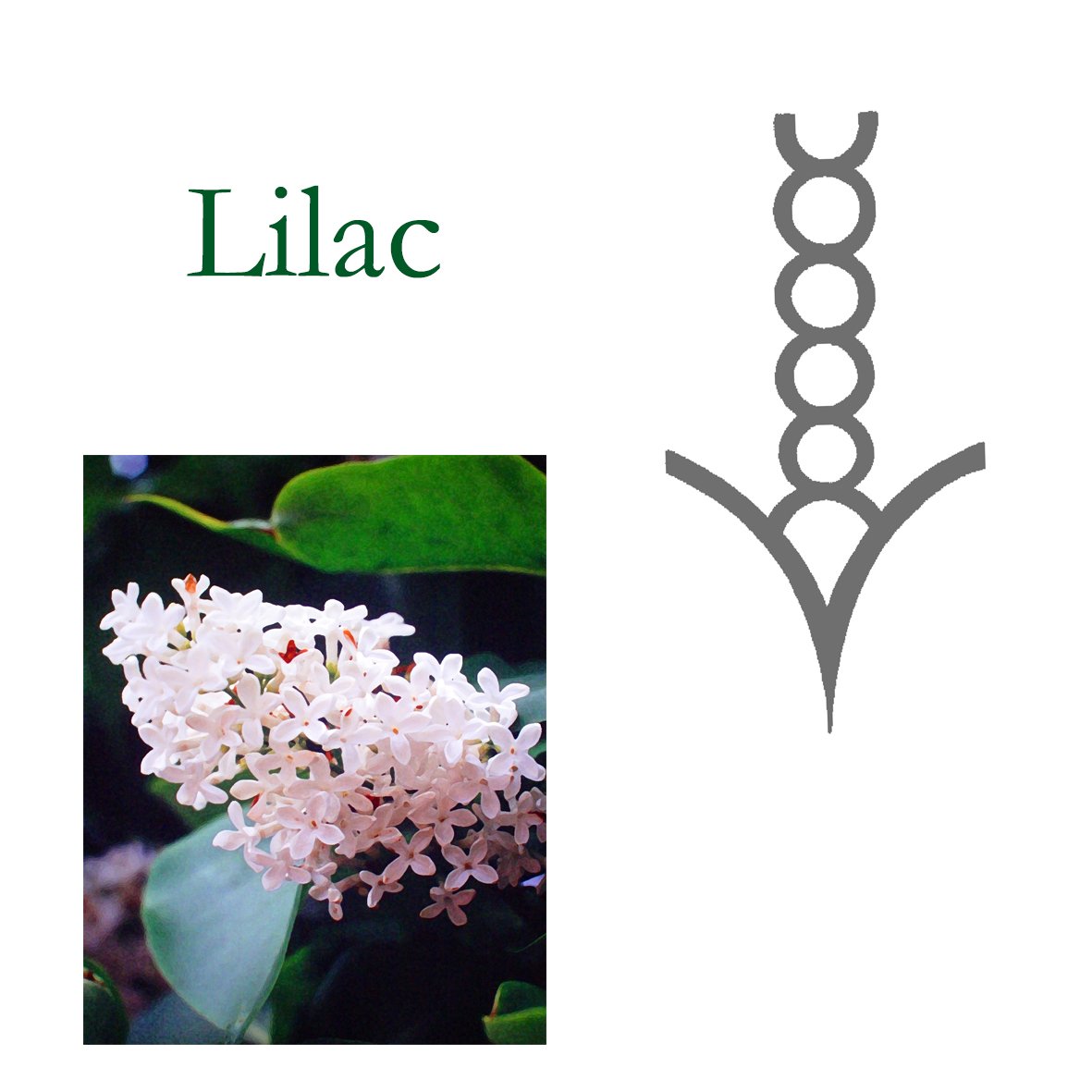LILAC (Syringa vulgaris)
Key: Spine.
Lilac was introduced to Britain in 1621 by John Tradescant, a prolific gardener of the time, from its native habitats of eastern Europe and Asia Minor. It now grows wild in many parts of the country. Lilac blossoms around May in large multi –flowered, strongly scented spikes of white, cream, lilac and purple. Lilac rarely grows tall, though it can reach 25ft (7.5m) and is usually a many-stemmed shrub with large, heart shaped leaves and a fibrous peeling bark.
The lilac essence mainly influences the spinal column. It works immediately on this area and so it is useful before any spinal adjustment, helping to stabilise any corrections, by increasing the energy flowing through the spinal channels and relaxing the supporting muscles. Lilac helps to correct posture and flexibility in the spine, largely through its influence on the subtle channels and major seven spinal chakras.
Because of the central role of the spine both physically and at subtle anatomical levels, lilac can be a useful adjunct to many corrective and evolutionary procedures. It will help restore balance throughout the system and may be indicated in instances where there is no apparent involvement of back or spine.
The lilac plant itself is thought to have a close link to many forms of nature spirits who use the energy of the lilac to elevate their own levels of awareness. This essence can also, then, be used to help us to attune more closely with these realms of awareness, both through the supportive energy link and also because lilac realigns so many fundamental energy systems within the body consciousness.
Signature: The heartwood of lilac is violet, reflecting the healing potential upon the spine and central energy channels. The sweet scented, small but substantial flowers cluster together and align into a tall spike, echoing the energy channels and centres of the body becoming integrated together.

